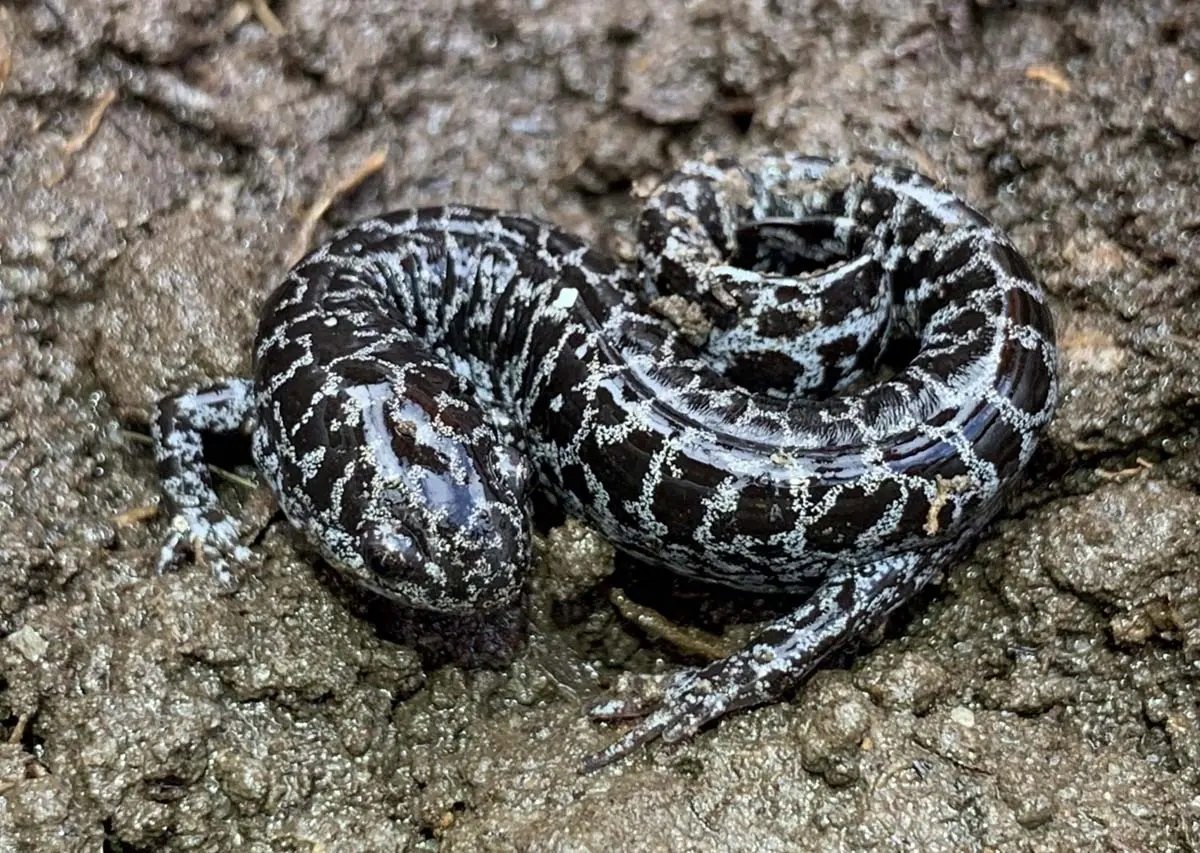
Are you ready to dive into the fascinating world of the Flatwood Salamander? These unique creatures are native to the southeastern United States and belong to the family of lungless salamanders. Known for their distinct appearance and intriguing behavior, Flatwood Salamanders are an intriguing species that captivates the interest of both scientists and nature enthusiasts.
In this article, we will uncover 18 fascinating facts about Flatwood Salamanders, shedding light on their habitat, diet, reproduction, and more. Whether you’re a curious animal lover or a student studying biology, these facts will provide you with a deeper understanding of these captivating salamanders.
So, let’s jump right in and explore the wonderful world of the Flatwood Salamander!
Key Takeaways:
- Flatwood Salamanders are small, nocturnal creatures with unique features like venomous glands and the ability to regenerate lost limbs. They play a vital role in wetland ecosystems and need protection from habitat loss.
- Conservation efforts are crucial to ensure the survival of Flatwood Salamanders, as they are sensitive to environmental changes and pollution. Their presence indicates the overall health of wetland habitats.
Flatwood Salamander
The Flatwood Salamander is a unique species of salamander native to the southeastern United States.
Flatwood Salamander
These salamanders are characterized by their relatively flat bodies and long slender tails.
Flatwood Salamander
They are generally black or dark brown in color with lighter markings on their bodies.
Flatwood Salamander
They have short legs and are excellent burrowers, spending most of their time underground.
Flatwood Salamander
They are primarily nocturnal animals, preferring to hunt and explore during the night.
Flatwood Salamander
These salamanders are relatively small in size, typically measuring between 3 to 5 inches in length.
Flatwood Salamander
They are highly adapted to living in wetland habitats, particularly in areas with sandy soils.
Flatwood Salamander
They have a specialized breeding behavior known as “explosive breeding,” where large groups of salamanders gather in breeding ponds for a short period to reproduce.
Flatwood Salamander
These salamanders feed on a variety of small invertebrates, including insects, spiders, and worms.
Flatwood Salamander
They possess venomous glands in their skin, which they use to deter predators.
Flatwood Salamander
They have a unique ability to regenerate lost limbs, allowing them to recover from injuries or predation attempts.
Flatwood Salamander
Their populations are threatened due to habitat loss and degradation caused by human activities.
Flatwood Salamander
Conservation efforts are being made to protect and restore their natural habitats to ensure their survival.
Flatwood Salamander
These salamanders are important indicators of wetland health, as their presence or absence can indicate the overall ecological condition of the ecosystem.
Flatwood Salamander
They are highly sensitive to environmental changes and pollution, making them vulnerable to habitat disturbance.
Flatwood Salamander
They are non-aggressive and pose no threat to humans, making them harmless creatures.
Flatwood Salamander
They have a lifespan of approximately 10 to 15 years in the wild.
Flatwood Salamander
They play an essential role in the ecosystem, controlling populations of insects and other invertebrates.
Conclusion
In conclusion, flatwood salamanders are fascinating creatures that inhabit unique ecosystems in the southeastern United States. Their ability to thrive in wetland habitats and their intricate breeding behaviors make them a subject of interest for researchers and nature enthusiasts alike. With their striking appearance and important ecological role, it is crucial that we continue to protect and preserve their habitats to ensure the survival of this remarkable species for future generations to appreciate.
FAQs
Q: How do flatwood salamanders get their name?
A: Flatwood salamanders get their name due to their preference for living in flatwood habitats, which are low-lying, wetland areas characterized by acidic and nutrient-poor soil.
Q: What do flatwood salamanders eat?
A: Flatwood salamanders primarily feed on small invertebrates such as insects, worms, and spiders. They are known to be opportunistic predators and will consume any prey that they can overpower.
Q: Are flatwood salamanders endangered?
A: Yes, flatwood salamanders are listed as endangered species. Loss of habitat due to urbanization and agriculture, as well as pollution and climate change, pose significant threats to their population.
Q: What is the breeding behavior of flatwood salamanders?
A: Flatwood salamanders exhibit an interesting breeding behavior known as “explosive breeding.” This means that they gather in large numbers at breeding sites during specific periods, usually after heavy rainfall, to mate and lay their eggs.
Q: How long do flatwood salamanders live?
A: It is difficult to determine the exact lifespan of flatwood salamanders in the wild. However, in captivity, they have been known to live for up to 10 years.
Q: Can flatwood salamanders regrow their tails?
A: Yes, like many other species of salamanders, flatwood salamanders have the ability to regenerate their tails. If their tail is injured or severed, it can regrow over time.
Was this page helpful?
Our commitment to delivering trustworthy and engaging content is at the heart of what we do. Each fact on our site is contributed by real users like you, bringing a wealth of diverse insights and information. To ensure the highest standards of accuracy and reliability, our dedicated editors meticulously review each submission. This process guarantees that the facts we share are not only fascinating but also credible. Trust in our commitment to quality and authenticity as you explore and learn with us.


